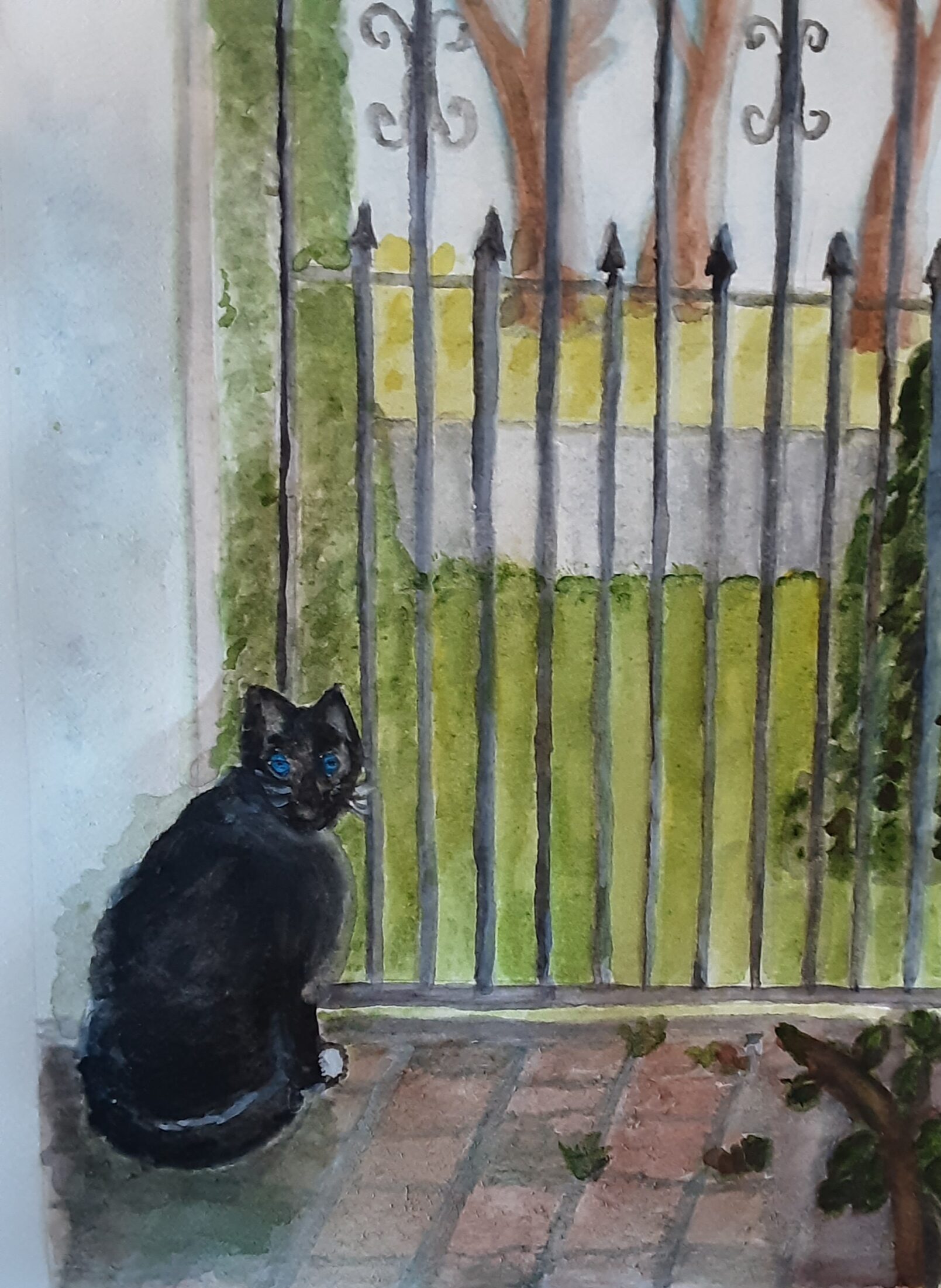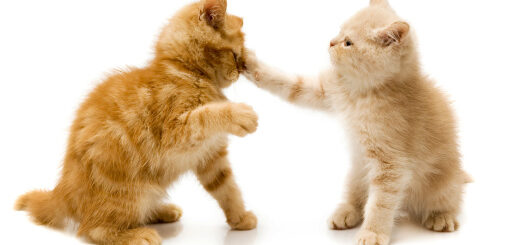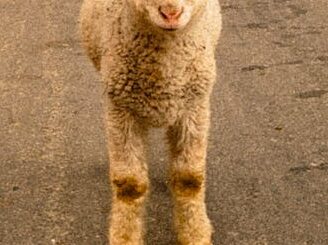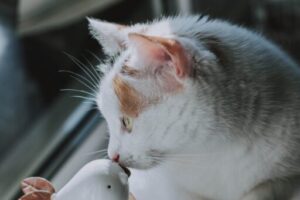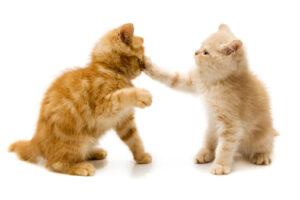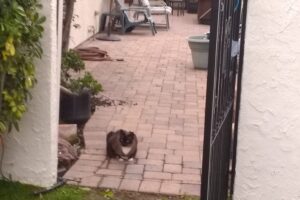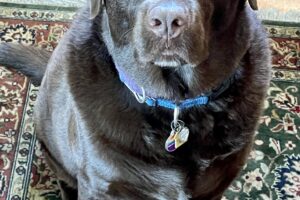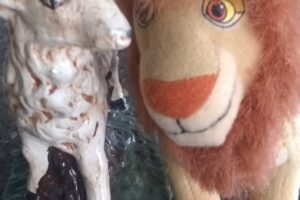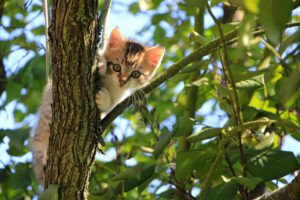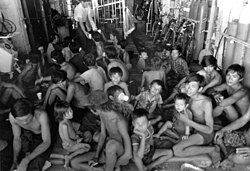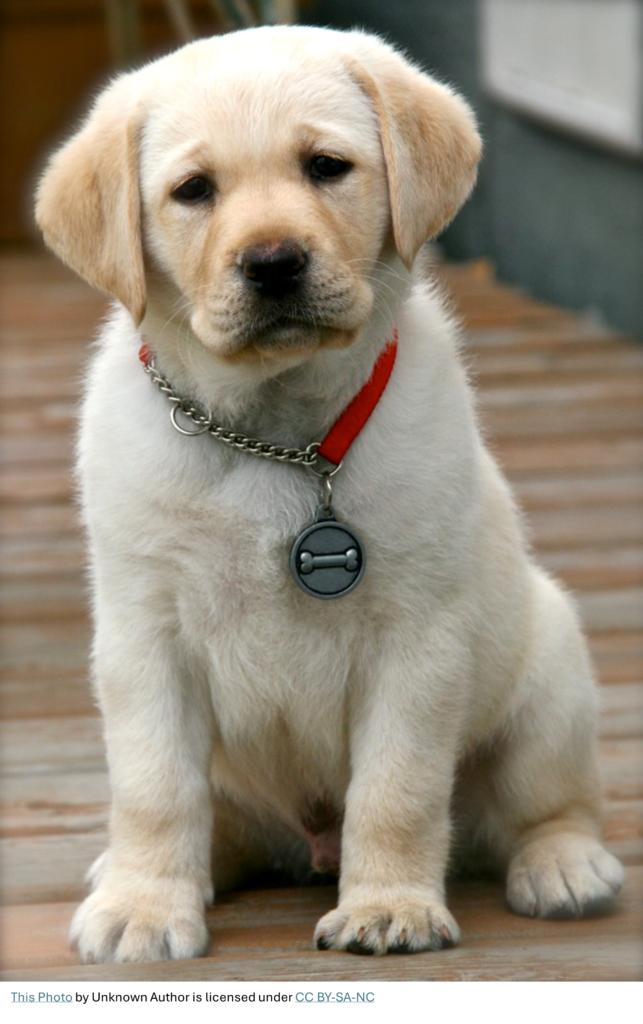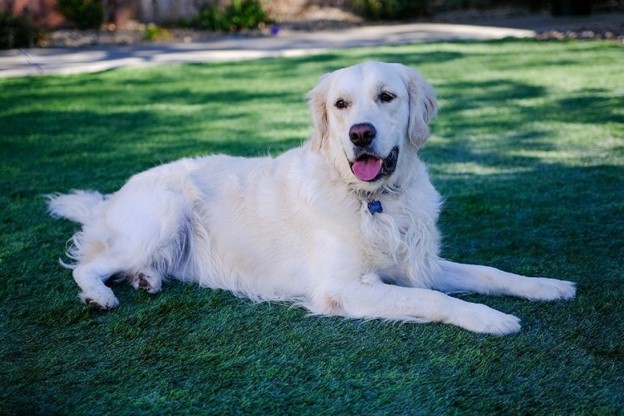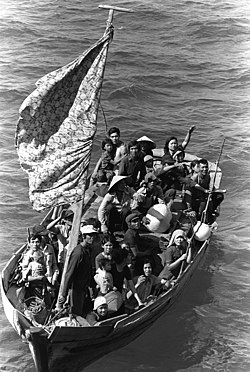An Immigrant’s story
“Coming Home”
Ten years after the death of my parents, I decided it was time to purge the garage of all the clutter I had accumulated as executor/conservator of their estate. I invited my two sisters, Sheila and Mary, to help me with the task of sorting out the pictures.
My sister Sheila had a strong sense of what was important. My sister Mary established a rule that if we don’t recognize who is in the picture, we never will and decreed it’s time to pitch it. They worked in tandem and cleared the clutter as Kitty stood rubbing the boxes with her head as if to say goodbye.
Hidden Box
I thought we emptied all the boxes, but as if by divine protection, one storage box lay hidden to be discovered years later. The Great Aunt Mary Era box. The very pictures and info that fueled the writing of this story. But I’m getting ahead of myself.
Now, Saint Patrick is often associated with bringing Christianity, more accurately Catholicism, to Ireland and is appropriately referred to as the apostle of Ireland, but the patron saint of Ireland was a nun around 500AD by the name of Brigid. Saint Brigid of Kildare. Now as a child I heard much about my father’s side of the family coming over from Ireland during the great Potato Famine. So many stories and songs and dance and whiskey and faith that blended together to produce a rare BRAND OF BRAVERY. This was to be true of so many nationalities that were drawn to this new country. Different backgrounds but linked in courage. That ability to face danger and not withdraw from it even when afraid. A certain determination or was it “craziness” that motivated their movements into ships, across oceans, stabilized by a vision of purpose…that things could be better if one just keeps moving forward.
Saint Brigid of Kildare
Two of those gutsy personalities were my great, great grandparents. James and Bridget Conway. Bridget, a woman of courage, and James a man of many ideas. Together they forged a partnership in marriage (July 21, 1881), and in faith that God would sustain them. Bridget’s very name (from the Galic Brigid) means power, strength, vigor and virtue. I often asked myself whatever possessed my grandmother to get back on that boat after the Atlantic crossing? I imagined my grandmother lifting her head up facing the sky, touching the ship’s railing at first, then allowing her hand to curl into a steady fist as if gripping onto God’s hand. She focused her mind on her own personal patron saint. Saint Brigid of Kildare, whose stories of belief and strong deeds had inspired her all her life, and now inspired her strength. The Courage she was going to need to meet the challenges of sailing to a new country and later to continue the journey around the dangerously dreaded Horn, at the very tip of South America where the Atlantic and Pacific Oceans collided with one another as if two gigantic, powerful creatures in the form of 94-foot waves that terrified many a sailor. Numerous mariners did not survive.
Now James had been a shipbuilder in Cork. It’s probably how they earned their passage aboard the ship that crossed the Atlantic. Probably signed on as crew member to make repairers along the way. When they finally docked in Pennsylvania, they settled in Sugar Notch with the family that had arrived before them. More family here then was left back in Ireland. Yet, there was not a job available for an Irishman of his skills. “Irish need not apply” was a very common sign on shop doors. It seems the same English hostility that was so blatant in the Old World was also here in the New World. The English had not wanted the Irish in the Americas starting with the settlement of the colonies. They said they would ruin it, poison it as it were the blood, and destroy the country. The best way to control the Irish was to keep them underemployed and poor. However, the establishment wasn’t all bad. The Irish were allowed to work in the coal mines. So, it turns out that most of the Conway men, even though educated, were to become coal miners. I still remember a picture my great aunt kept of “the uncles” on her nightstand. Rugged in their coal workers clothes, dirty but all smiling. They had jobs which was more that they had in Ireland. However, these jobs would cost them their health. Every one of the uncles died of “black lung’s disease” from working in the mines for 20 years.
James wanted more for himself and Bridget and their future family. So, after much thought and long nights of storytelling and advice, the decision was made. It was back on the boat for them. The plan was to sail south around “The Horn” to the Pacific and head north to the new state of California. A place of less British control so more opportunities for him as an Irishman. A place to build a home and a life.
California Gold Rush
Now the Gold Rush was raging in California, so they were not alone in their desire to head to the West. Many an Irishman saw his opportunity in gold mining, so most were heading to the Port of San Francisco. James and Bridget saw their gold in their dreams of a home and exited the boat in the Port of Los Angeles in San Pedro.
Dream of a family and home
James would find work, and they would settle in their home of 40 years at 1162 E 37th Street in Los Angeles. Bridget was to raise and sell geese in the backyard. They had three children, Paul F, John T, and Mary Kay Conway. Paul was to attend USC and become a lawyer who after WW2 would work pro bono to help displaced Japanese families recover their surrendered possessions (their land, their businesses, and especially their homes) when forced to locate to an internment camp for the duration of the war. He would marry Catherine Wagner, from a newly immigrated German family, and have two children: Katherine and James Francis, my father. Who would sketch and build model airplanes as his passion and as a Senior Engineer for North American assist in the design of the heating and cooling system of the Apollo space craft. Mary Kay would marry Thomas F Conway (same clan) and have a daughter Margaret Lucille. John T’s family history has yet to be discovered by me. Their daughter Mary Kay, my great Aunt Mary, was the source of all my stories of James and Bridget. But sadly, I did not listen well, I cared more about my friends and The Beatles than creating space for the past. However, some parts did stick and the box of pictures in my garage turned out to be a treasure trove of information for this story.
Feeling a Loss
As I researched the information for this story, I couldn’t help but feel a loss. Yes, for the old tales I forgot, but more for our country. Those immigrants were a special breed. A group of hearty, ordinary souls special in their zeal to embrace a new county. I couldn’t help but realize that my great, great grandparents, as most immigrants of their time, were not a complaining bunch. One faced the danger, embraced the opportunity, and let God sort out the rest. They were overwhelmingly grateful. If our generation switched places with them, I just can’t help but consider that we would not react as well.
Happy 4th of July
Our Nation’s birthday and a celebration of all our immigrants’ stories.
And, because of their sacrifices, a kitty has a home in our Irish/Italian family.
By Kathy and Dave Benedetto, Irish storyteller and Italian editor
Copyright © pending Library of Congress 2024
thekittychroicles.com for those who chronically love kitties and their homes.
